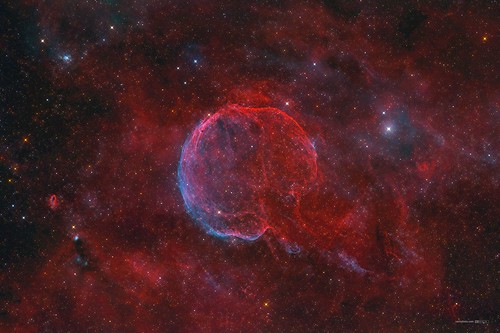Re: Submissions: 2023 February
Posted: Mon Feb 27, 2023 3:38 pm
"Maintenance"
Copyright: Rafael Schmall
https://www.astrobin.com/users/Rafeee/
The sights of the winter sky were all within arm's reach.
Huge Zodiacal light, winter Milky Way, winter constellations, slowly resting autumn constalletions. Of course, the comet is also there as a small spot, as well as some atmospheric light.
Recently, the situation is a bit worse, since our Sun is active, which makes it more exciting in the upper atmosphere... in such a place, you can practically see the atmospheric light with the naked eye.
Image Details:
Equipment: Canon EOS6D, Rokinon 24mm f/1.4, Manfrotto XPROB
Exif data: 80x10sec, ISO10000, f2, 24mm
Processing: Lightroom, Photoshop, PTGUI
Location: Hungary, Zselic Starry Sky Park, Zselic Park of Stars
Copyright: Rafael Schmall
https://www.astrobin.com/users/Rafeee/
The sights of the winter sky were all within arm's reach.
Huge Zodiacal light, winter Milky Way, winter constellations, slowly resting autumn constalletions. Of course, the comet is also there as a small spot, as well as some atmospheric light.
Recently, the situation is a bit worse, since our Sun is active, which makes it more exciting in the upper atmosphere... in such a place, you can practically see the atmospheric light with the naked eye.
Image Details:
Equipment: Canon EOS6D, Rokinon 24mm f/1.4, Manfrotto XPROB
Exif data: 80x10sec, ISO10000, f2, 24mm
Processing: Lightroom, Photoshop, PTGUI
Location: Hungary, Zselic Starry Sky Park, Zselic Park of Stars



